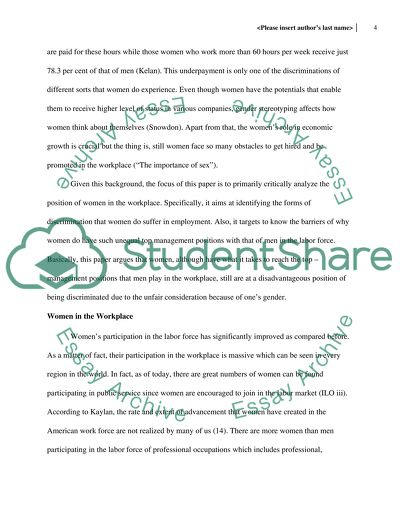Cite this document
(“Women in the work place Research Paper Example | Topics and Well Written Essays - 2000 words”, n.d.)
Women in the work place Research Paper Example | Topics and Well Written Essays - 2000 words. Retrieved from https://studentshare.org/english/1399500-women-in-the-work-place
Women in the work place Research Paper Example | Topics and Well Written Essays - 2000 words. Retrieved from https://studentshare.org/english/1399500-women-in-the-work-place
(Women in the Work Place Research Paper Example | Topics and Well Written Essays - 2000 Words)
Women in the Work Place Research Paper Example | Topics and Well Written Essays - 2000 Words. https://studentshare.org/english/1399500-women-in-the-work-place.
Women in the Work Place Research Paper Example | Topics and Well Written Essays - 2000 Words. https://studentshare.org/english/1399500-women-in-the-work-place.
“Women in the Work Place Research Paper Example | Topics and Well Written Essays - 2000 Words”, n.d. https://studentshare.org/english/1399500-women-in-the-work-place.


